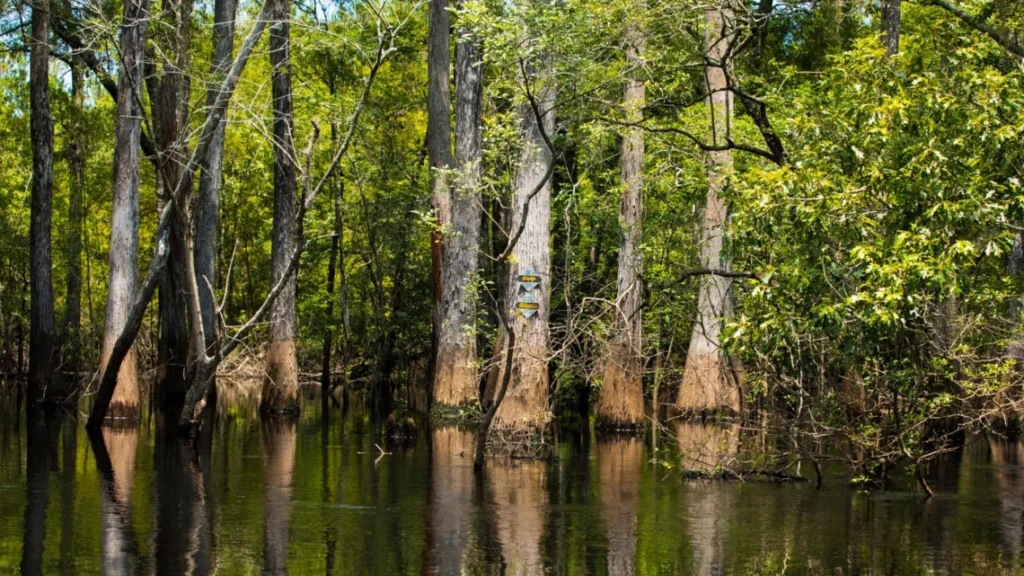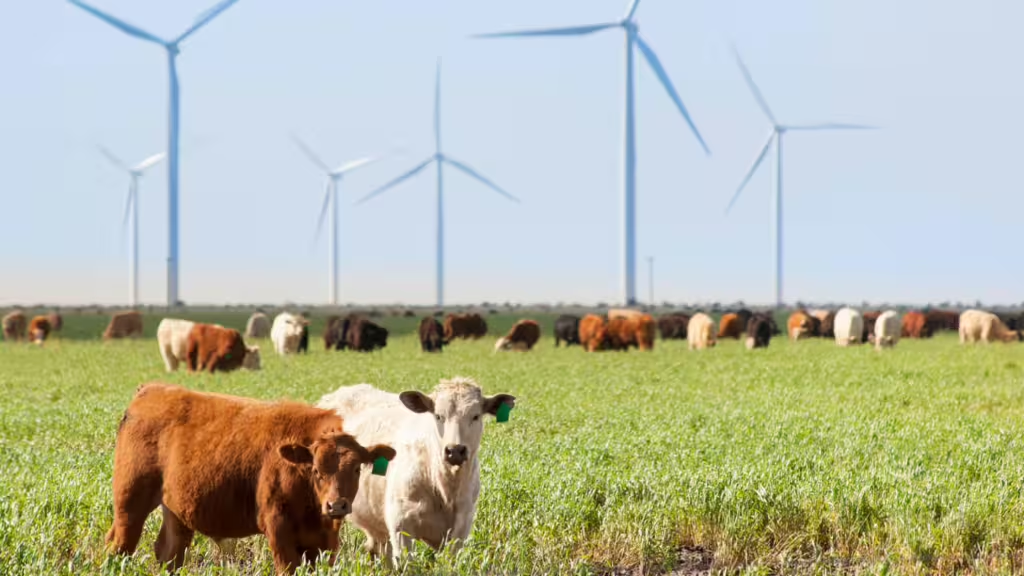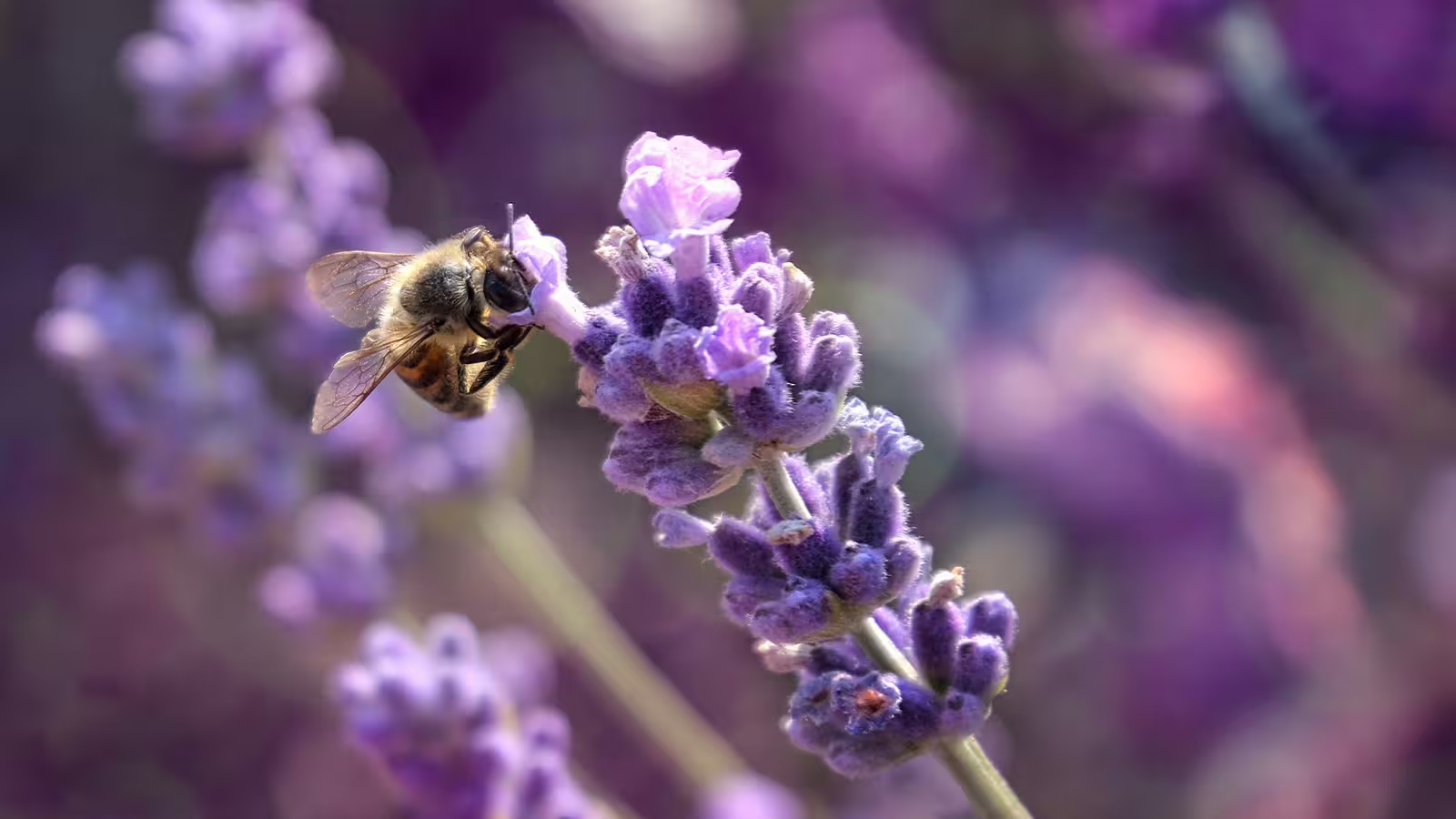The European Council’s recent adoption of the Nature Restoration Regulation marks a pivotal moment in European environmental policy. This regulation aims to restore degraded ecosystems across the European Union (EU) through legally binding targets and measures.
One Planet Business for Biodiversity (OP2B) members have taken strong commitments to scale regenerative agricultural practices and restore ecosystems while eliminating deforestation and conversion from their supply chains. These companies advocated for a strong and ambitious EU nature restoration law that supports agriculture toward nature restoration. They drove consideration for the great potential of regenerative agri-food systems to contribute to delivering the EU’s climate objectives and reversing nature loss.
The NGO coalition for the Nature Restoration Law (comprising WWF, the European Environmental Bureau, BirdLife and ClientEarth) and the Corporate Leaders Group Europe used their collaborative efforts to strongly advocate for this policy’s adoption.
Objectives of the Nature Restoration Law
The regulation proposed by the European Commission addresses biodiversity loss, ecosystem degradation and climate change within the EU. The overarching goal is to enhance ecosystem resilience, support biodiversity recovery and contribute to climate change mitigation and adaptation efforts across Europe.
It sets out legally binding targets for restoring degraded ecosystems across terrestrial, coastal, freshwater and marine environments by 2030 and 2050. These targets include specific measures such as the restoration of at least 20% of EU land and sea areas and the removal of river barriers to restore free-flowing rivers. It also mandates the reversal of pollinator population declines and sets indicators for biodiversity in agricultural and forest ecosystems.
Implications for scaling regenerative agriculture
There are direct impacts on agricultural practices across the EU. By mandating national restoration plans and stringent monitoring requirements, the regulation encourages farmers and agricultural businesses to adopt regenerative practices. This shift towards sustainable agriculture aligns with broader environmental goals but presents initial challenges in terms of compliance costs and operational adjustments. However, it also opens avenues for innovation in farming techniques, biodiversity conservation and sustainable land management practices.
Impact on industries
Key industries will have substantial regulatory changes affecting them including agriculture, food, beverage, cosmetics and textiles. Compliance necessitates businesses aligning their operations with biodiversity and ecosystem health goals, potentially impacting sourcing, production and supply chains.
While these adjustments may initially involve higher costs and administrative challenges, they also offer frontrunner companies opportunities for distinguishing themselves in the market through sustainable practices. Furthermore, proactive adaptation to these new environmental standards can bolster long-term resilience for supply chains and enhance competitiveness within the EU market, positioning companies as leaders in sustainability and innovation.
Case study: L’Occitane
ACE
L’OCCITANE en Provence supported the launch and ongoing efforts of the non-profit association Agroécologie et Commerce Équitable (Agroecology and Fair Trade) that comprises 15 family-run farms producing L’OCCITANE’s iconic ingredients across several production areas (e.g., Provence and Corsica): lavender, almonds, verbena, immortelle, rose and cade. The initiative aims to address two major technical challenges faced by producers; creating viable livelihoods and the ability to scale up farming sustainably, and training and support for testing and implementing agroecology practices such as intercropping and reduction of pesticide use.
Through the ACE, L’OCCITANE en Provence is supporting the shift towards more sustainable practices that contribute to ecosystem restoration and climate change mitigation, thereby enhancing the sustainability and resilience of its value chains in the long term. By joining forces across public and private sectors, within and beyond its value chain, L’OCCITANE is continuously building a future that generates benefits for all – business, farmers and planet.
“Green & Lavandes” program
Since 2019, L’OCCITANE en Provence has been supporting the Provence’s Lavender Endowment Fund, sponsoring its “Green & Lavandes” program whose target is to reduce fossil fuel energy consumption and CO2 emissions in the lavender and lavandin industries by 50% by 2030.
Green & Lavandes comes up with specific solutions to reduce the impact of lavender cultivation and facilitate the adaptation and resilience of this plant to climate change. The program participates in soil improvement, climate action and biodiversity restoration hand in hand with 27 farmers of the lavender sector, accompanying a significant part of them through agroecological and agroforestry training and financial support.
Focusing on soil covering could involve planting wheat or spelt in between rows of lavenders – which helps to regulate the ground temperature, store carbon and create a natural barrier against pests. In FY2022, a total of 180 hectares of lavender fields were sown with vegetation cover. Another achievement is the funding of the supply of 66 “bee-hunter” kits that aims to protect bees from being sucked in by harvesters. On the first week of harvest, each head of crop equipped can save 400,000 bees, equivalent to the population of 10 beehives.
Would you like to know more about the work of OP2B with European policy? Reach out to Casper Zulim de Swarte (zulimdeswarte@wbcsd.org).
Outline
Related
Content

European business urges no further delay in proposal for legally binding nature restoration targets
8 June, 2022

Members of WBCSD’s Forest Solutions Group mark their support for the United Nations Decade on Ecosystem Restoration
11 June, 2021

Detangling the EU Deforestation Regulation
19 June, 2024

